South Korea #1 – Arrival in Donghae – Samcheok Beach – November 2014
South Korea! What everyone knows about South Korea (or correctly called The Republic of Korea) is its caustic neighbor, North Korea. As it turns out, South Korea is a modern and well developed country ranked 22nd in the Human Development Index, the highest in East Asia. In terms of average wage, it has Asia’s highest and the world’s 10th highest income. It is the world’s most research-and-development intensive country and the most innovative as measured by the Bloomberg Innovation Quotient. South Korea is the world’s fifth largest exporter, driven by high-tech multinationals such as Samsung, Hyundai-Kia and LG. A highly advanced information society, South Korea has the world’s fastest Internet connection speed! What’s not to like about that?
Donghae – Port of Entry
Disembarking from the Eastern Dream ferry on which The Turtle V had been safely parked in the lower deck, it was nearly dark when we finished with customs and insurance paperwork. Leaving the port of Donghae, we turned onto Hwy 7 and headed south, with only a vague idea of where we were going.
Drivers were shockingly polite. No honking of horns. A few miles down the road, we turned off at the Samcheok Beach exit, not knowing what we would find. As yet, we had no GPS or paper maps. Monika had downloaded the Lonely Planet South Korean Guide from iBooks on the mothballed iPad that we never got to work properly. However useful those books are, they are not aimed at overland travelers driving their own self-contained camper.
Polite Drivers and Road Signs
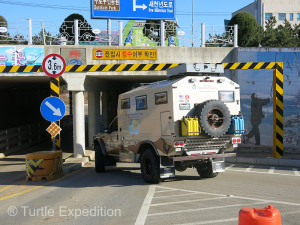
In case you were wondering, in 40,000 miles and 20 countries on highways, byways and two-tracks at a measured height of 3.3 m there was only one underpass in Istanbul where we had to go around.
Shortly we came to an intersection with an underpass clearly marked 3.6 meters!! We generally go with 3.5 meters on the Turtle V that includes the custom storage box on the rear of the roof. Our most accurate measurement is 3.3 meters. We held our breath, waiting for the box and the Yakima rack bars to be sliced off. Wheuu!! We made it!!
Turning right at the beach, well-lit so the military patrols might spot a North Korean trying to sneak in, we parked in a huge empty parking lot, our home for the next three days. It was a beautiful beach with a boardwalk and swings, clean restrooms and water, and half a block from our truck no less than six cute “coffee dessert” cafés with high-speed Internet and electrical plugs by the tables. (Who needs Starbucks?)
Celebrating Thanksgiving on Samcheok Beach
The next day was Thanksgiving. Forget football, but what’s for dinner? Looking at the photos outside restaurants down the street, we could not identify anything that looked like comfort food. (A lot of it looked like “bait”, used for getting food!) Our Thanksgiving feast was multinational, as it should be: Hors d’oeuvre included hot buttered popcorn, (US), slices of dill pickles and cheese, (Russia), along with a shot or two of Mongolian Genghis Khan vodka. The main course was a rich Mole Poblano sauce, (Mexico), over chicken (canned from the US), bulgur from Turkey and sautéed carrots from Russia. Sorry, no pumpkin pie. We settled for some creamy JIFF peanut butter (US), on vanilla cookies, (Russia), and homemade apricot jam from our stash of frozen apricots from Kyrgyzstan. All the while our Espar Airtronic heater purred away, keeping us warm and cozy. We haven’t seen a turkey since we left Greece.
Sea Kayakers and a Teepee
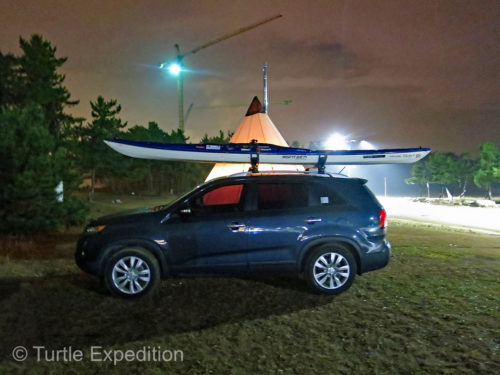
A sea kayak club from Seoul camped on Samcheok beach for the weekend. We were surprised to discover Lee’s authentic teepee and pellet stove.
The next morning a guy ——designing yet another coffee shop—— brought us hot coffee and welcomed us. Next, the police stopped by, just curious about the strange truck but very friendly. Then a group of sea kayakers arrived and camped down the beach. Real campers!! One guy, Lee, had a big teepee with a unique pellet-burning stove inside. A couple of them spoke English and invited us that evening for a taste of their local food and some homemade pumpkin/rice wine. (Not even close to pumpkin pie.) Lee, who also spoke excellent English, invited us the following evening and we sat in his warm teepee looking for a way to download a South Korean map on Monika’s i-Pad. It worked. In the morning he invited us for rice-cake soup and Monika prepared REAL Turkish coffee, something he had never had. He knew from a movie that Turks read their fortune from the left-over coffee grounds poured onto the saucer so we laughingly tried our luck at it.
Squid Season
Later he kindly drove us to the fishing village of Samcheok for some grocery shopping and a map from the Tourist Information Office. The smell of drying fish was in the air. Among other specialties it was squid season and many hung on drying lines in the sun. At night fishing boats use long strings of bright lights that attract the squid to the surface where they are netted. Fish come along for the ride.
No Korean can live without Kimchi
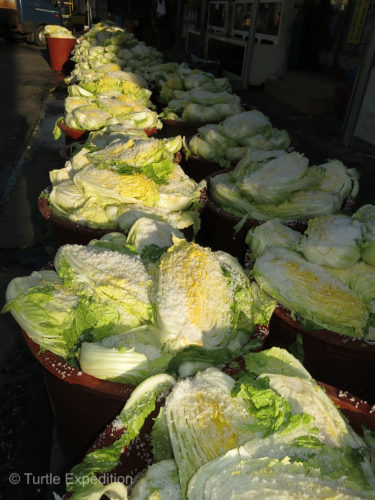
It seemed that outside every house people were storing bucket and buckets full of salted cabbage, the first ingredient in kimchi preparation.
It was also cabbage season—–tons of it. A dish called “kimchi” is part of Korea’s national identity. Making kimchi from Napa Cabbage was historically a way for people to preserve vegetables for the long harsh Korean winter before the advent of modern refrigeration. With the introduction of chili peppers to Asia from the New World by the Portuguese in the 1600’s, it didn’t take long before people figured out that the capsicum in peppers had an antimicrobial effect aiding in preservation, while adding a little spice to the bleak winter days. South Koreans believe no meal is complete without a bit of kimchi which supposedly aids digestion.
Looked like the next Ro-Ro ship to take our Turtle V back to California will sail on December 16, 2014 so we had some time to explore a little of this beautiful country.
- This is the South Korean flag.
- The Turtle V gets released from the belly of the Eastern Dream ferry .
- While waiting for customs paperwork at the Donhae Port, our expedition vehicles were inspected by locals.
- We were very happy that all major road signs were also in English.
- In case you were wondering, in 40,000 miles and 26 countries on highways, byways and two-tracks at a measured height of 3.3 m there was only one underpass in Istanbul where we had to go around.
- Coastline near Samcheok.
- We quickly found a beautiful parking spot right across the beach.
- The Turtle V deserved a short rest after the Siberian marathon drive.
- Our Thanksgiving feast was multi-national as it should be.
- Samcheok Beach: After the marathon drive across icy Siberia, we needed to do a (hand) wash and let the clothes dry in the winter sun and air.
- Household chores don’t stop on the road. It was time to mend a shirt.
- Caffé TIAMO became our favorite spot for high-speed internet connections. Of course, we always drank a Caffé Americano.
- The pleasant owner of Caffé Tiamo always had a smile and a little pack of cookies for us.
- To our surprise, many South Koreans are Christians. Decorations in our favorite Caffé TIAMO. (I love you in Italian)
- The Caffé TIAMO became our favorite daily hangout.
- Lee’s unique Teepee was heated by an unusual pellet burning portable fireplace.
- The unique pellet stove in Lee’s teepee was very efficient.
- Even a heat activated fan sat on top of the stove.
- Lee did his best to help Monika use her iPad.
- In the morning, Lee treated us to a traditional breakfast, rice-cake soup with green onions and fresh mushrooms.
- The traditional rice-cake soup with green onions and mushrooms was very tasty.
- Monika prepared authentic Turkish coffee which Lee had never tasted.
- Lee is enjoying his first authentic Turkish coffee.
- South Koreans are avid fishermen. These fish cleaning stations at the beach were handy. You can spot The Turtle V in the background.
- Fishing is a favorite South Korean pastime.
- Samcheok beach was very pretty. It had picknick benches, fish cleaning stations, boardwalks and monuments but don’t be fooled by the peaceful image.
- Monika could not resist to pose in this pretty heart on Samcheok Beach.
- Part of Samcheok beach was barb-wired off. We heard that North Korean boats and divers, refugees but also spies and soldiers have tried to invade this peaceful spot on many occasions.
- This sign clearly shows the dangers South Koreans face every day even 100 miles from the DMZ zone.
- We learned that a couple of years ago local military apprehended North Korean soldiers at this beach. There was a shoot out and several deaths occurred.
- The nearby fishing village of Samcheok was a colorful place to walk around.
- We spotted some unique ways to dry fish.
- Many types of fish were drying on lines or racks.
- Fresh crabs were also a specialty here.
- There was a whole fleet of fishing boats with high powered stings of light in the harbor.
- Fishing boats use strings of high-powered lights to attract squids to the surface.
- We haven’t tried dried squid yet but it is definitely on our list of things to taste in South Korea.
- Seafood businesses along the pier and fishing port of Samcheok.
- Dried fish for sale.
- We wondered what their specialty was…
- It looks like the occasional ray gets trapped along with the squid. A gruesome looking creature when out of the water.
- Looks like the devil of the sea.
- It was Kimchi preparation season. Everywhere we looked they were harvesting and preparing cabbage to be pickled.



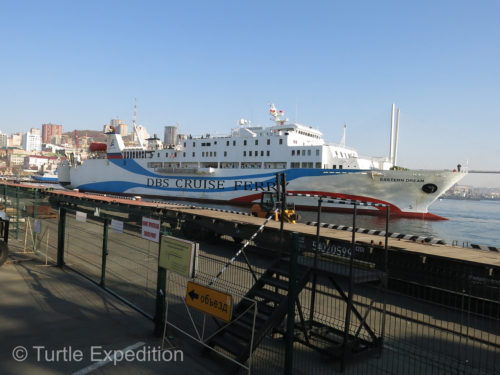
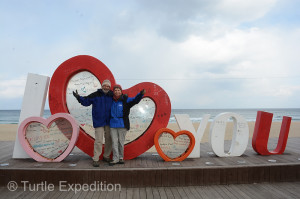
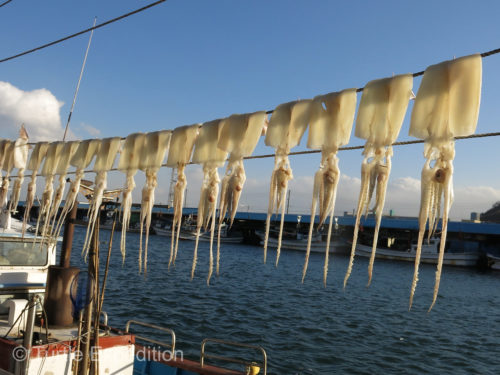
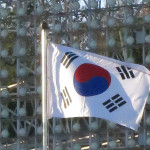
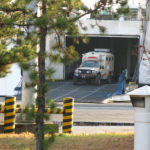
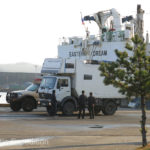
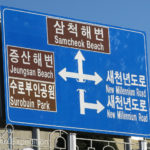
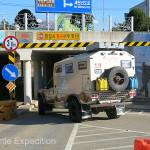
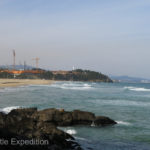
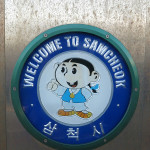
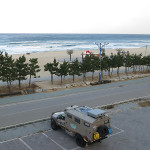
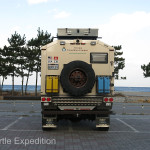
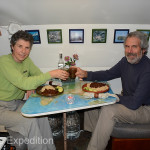
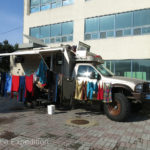
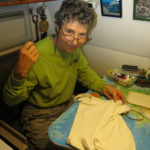
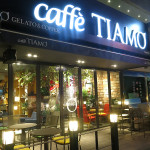
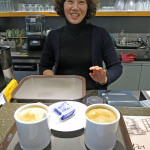
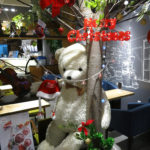
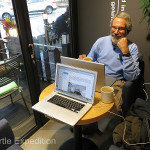
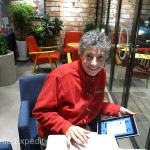
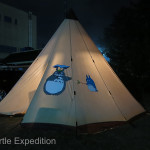
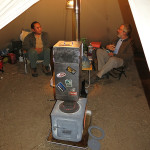
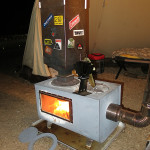
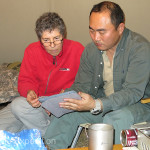
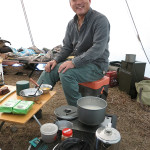
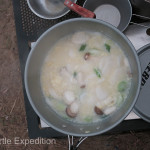
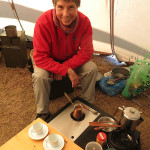
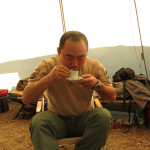
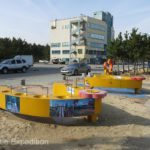
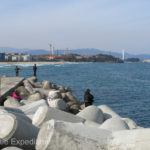
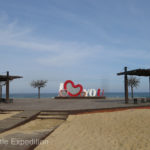
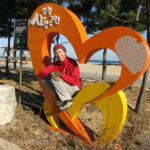
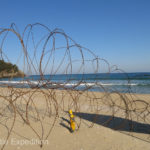
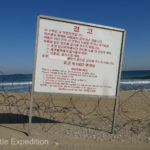
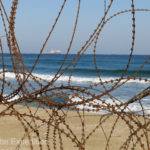
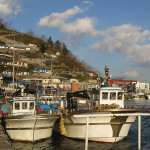
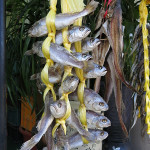
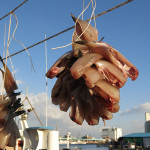
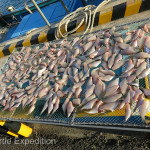
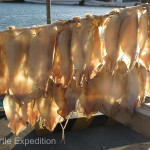
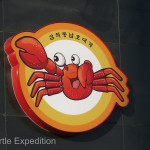
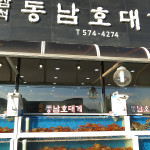
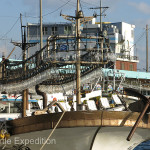
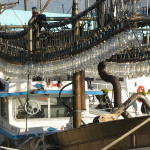
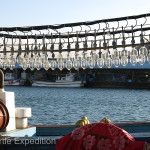
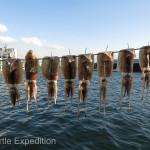
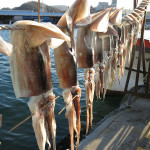
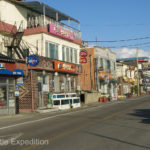
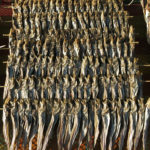
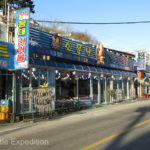
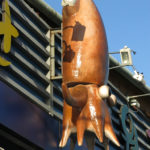
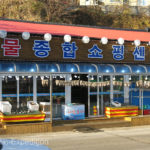
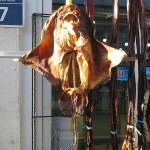
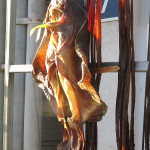
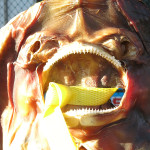
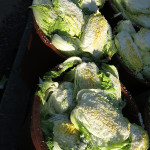
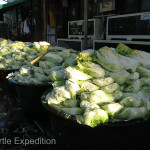
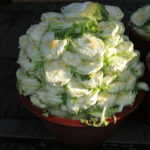







Leave a Comment